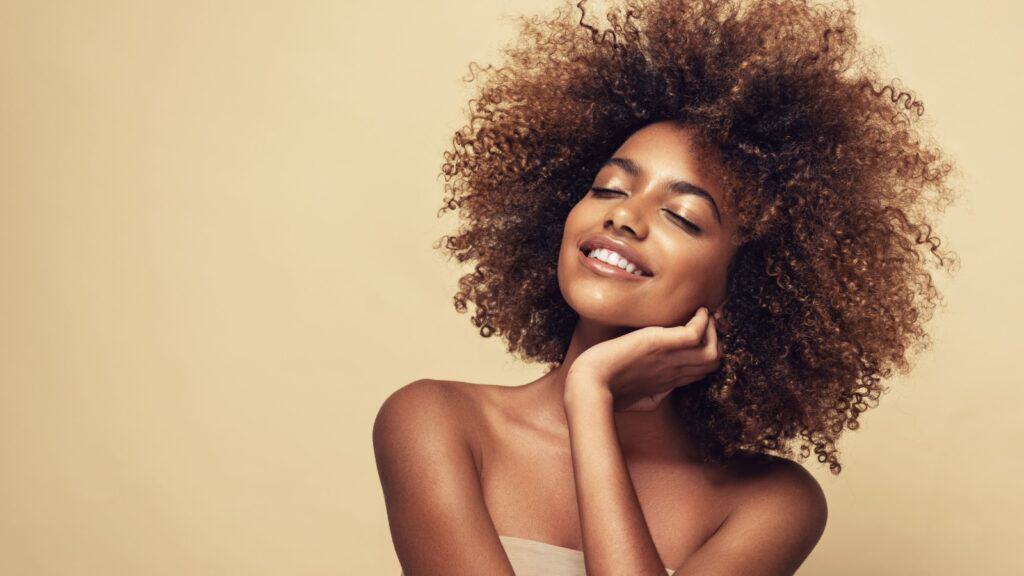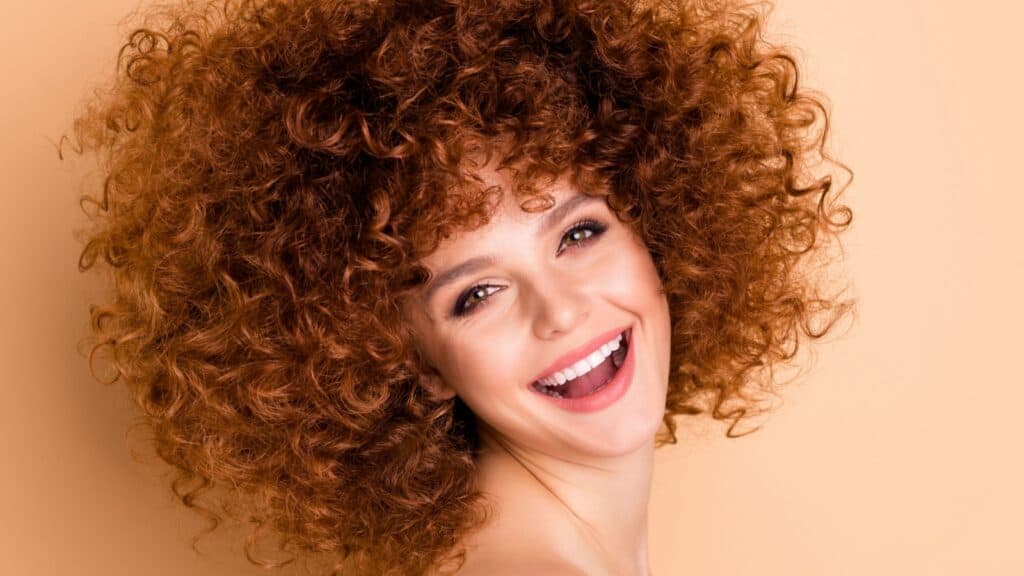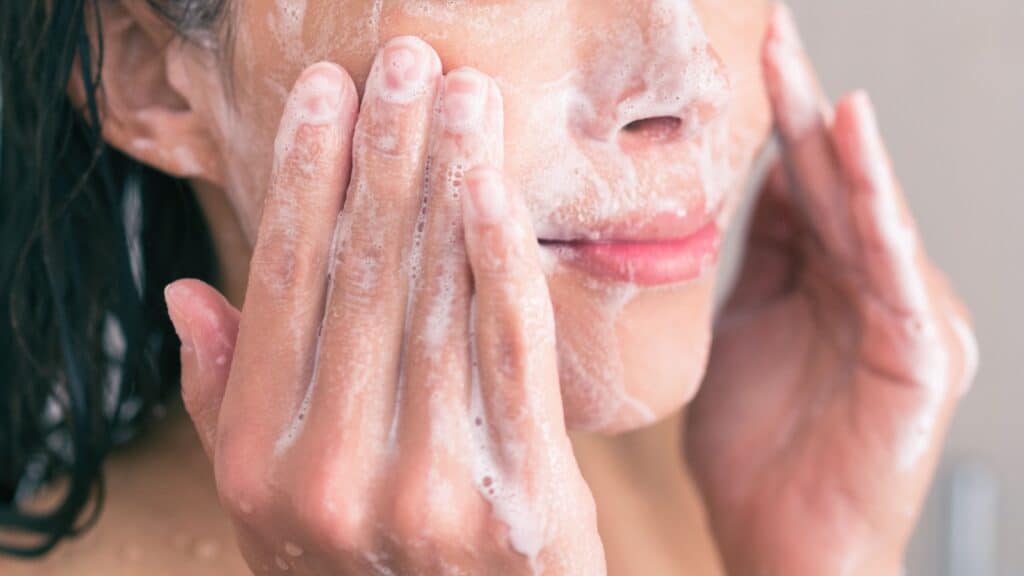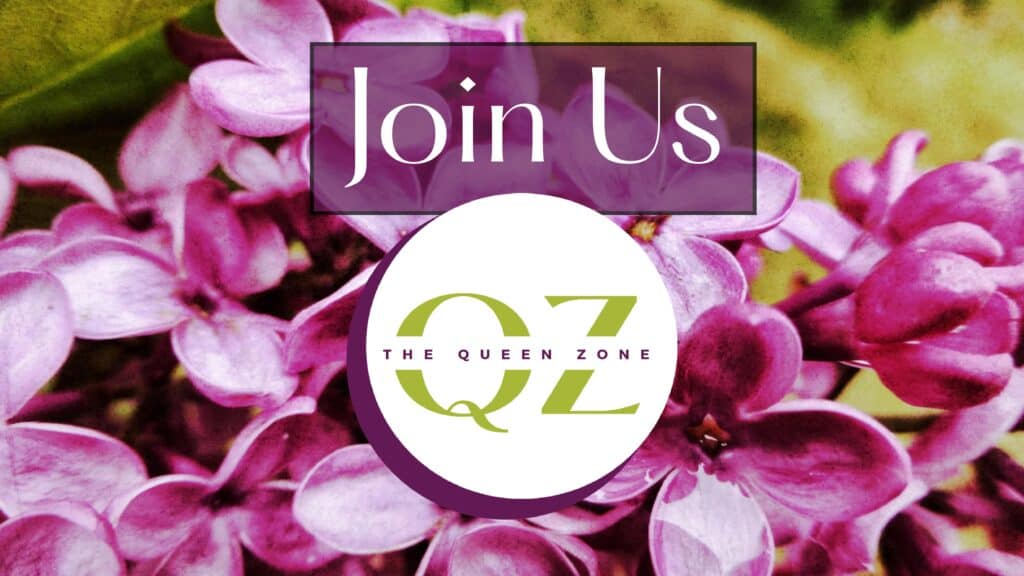Mastering Curly Hair: Tips for Perfect Curls Every Day
Curly hair is uniquely beautiful but can be challenging to manage due to its structure. Unlike straight hair, curls can become entangled easily because the hair cuticle doesn’t lie flat. This leads to higher porosity and increased susceptibility to humidity and dehydration, making proper hydration the cornerstone of curly hair care. And not all waves and curls are the same. Let’s look at wave and curl types, and how to get the most out of your hair.
Understanding Curl & Wave Types

Curly hair is categorized by the shape of the curl pattern that ranges from loose waves to tight coils. Whether hair is curly or straight is determined by the shape of the hair follicle. The most commonly referenced system for classifying curls was originally developed by hairstylist Andre Walker and has since been expanded by others in the curly community to include more types. This system identifies hair types from 1 (straight) to 4 (coily/kinky).
Note that the term “curly” hair is often used to encompass wavy, curly, and coily/kinky hair types.
Check Out These Curly Hair Types

This visual is a great way to familiarize you with various wave and curl patterns. Companies such as DivinaBLK offer more education and product recommendations that can make a huge difference in how you enjoy and interact with your hair.
Type 2: Wavy Hair

- 2A: Hair is mostly straight at the roots and forms loose, undefined waves from the mid-length to the ends. These waves are thin and fine in texture.
- 2B: Waves are more defined and begin at the roots, with a texture that can tend to frizz. The waves are medium-thick and tend to adhere slightly to the head.
- 2C: Thick and coarse wavy hair with waves that start at the roots. The waves are well-defined and prone to frizz, often forming loose spiral-like patterns.
Type 3: Curly Hair

- 3A: Hair consists of loose curls that typically form loops and are about the size of large sidewalk chalk. The curls are shiny and have a consistent S-shaped pattern.
- 3B: Curls are more voluminous and range from bouncy ringlets (size of a Sharpie marker) to tight corkscrews.
- 3C: Curls are tight corkscrews or coils that are densely packed together, often referred to as pencil-sized curls.
Type 4: Coily Hair

- 4A: Coils are tightly coiled and have an S pattern. The coils are fine in texture, with more moisture than Type 4B but still prone to dryness.
- 4B: Hair bends in sharp angles resembling the letter Z, with less defined curl patterns. The strands are densely packed and can feel wiry.
- 4C: This hair type features the tightest coils that sometimes do not form a defined curl pattern. The hair can shrink more than 75% of its actual length and is highly susceptible to dryness and breakage.
Tailoring Care to Curl Type

Each type of curl has its specific needs:
- Wavy Hair (Type 2) often requires lightweight styling products that won’t weigh down the waves. Use gentle cleansers and light mousses or gels that enhance the wave without causing stiffness.
- Curly Hair (Type 3) benefits from hydration-focused products. Cream-based stylers, deep conditioners, and regular use of leave-in conditioners help maintain the elasticity and shape of the curls.
- Coily Hair (Type 4) needs intensive moisturization and protective styling to preserve its structure and prevent breakage. Use rich butters and oils, deep conditioning treatments, and avoid harsh mechanical manipulation.
Understanding your specific type of curls or waves is the first step in crafting a hair care routine that brings out the best in your hair’s natural texture. By recognizing your hair’s unique characteristics, you can select the right products and styling methods to maintain healthy, vibrant curls or waves.
Washing Curly Hair

Washing your hair is just one step in your hair care regime, and includes choosing the right products, and tailoring your frequency, and techniques.
Choosing the Right Shampoo

Opting for a shampoo specifically designed for curly hair can make a significant difference. These shampoos typically contain mild cleansing agents that clean without stripping away moisture. Ingredients like glycerin and shea butter are beneficial for maintaining the health of curls.
Frequency of Washing

The ideal frequency of shampooing varies based on your lifestyle, scalp health, and hair’s dryness. Experiment to find a schedule that keeps your scalp healthy without drying out your curls. Sometimes, just rinsing with water and applying conditioner is enough to refresh curls between shampoos.
Scalp Massage

Massaging the scalp while shampooing not only helps cleanse more effectively but also stimulates blood circulation, which can promote hair growth. Spend a couple of minutes massaging gently to ensure you’re lifting all the dirt and oil.
Rinsing

Finish with a cool rinse to seal the hair’s cuticle, which helps curls remain defined and less prone to frizz. This step is essential in locking in moisture and ensuring shine.
Conditioning Curly Hair

After washing, conditioning can also be tailored to your curl and hair type.
Deep Conditioning

Incorporate ingredients like keratin, collagen, and silk amino acids for deep treatments. These can help to strengthen the hair shaft, enhance elasticity, and prevent breakage. A regular deep conditioning routine can transform the texture and appearance of your curls.
Detangling

Detangling should be done patiently and with care to minimize damage. Start at the ends and work your way up to the roots. This technique prevents the unnecessary pulling and breaking of hair.
Leave-In Conditioner

Choosing the right leave-in conditioner can also add another layer of protection against environmental factors like sun and wind. Ingredients such as aloe vera and vitamin E are great for extra nourishment and can help in maintaining long-lasting hydration.
Drying Curly Hair

Do you air-dry, or use a heat source? And how do you manipulate your hair to maintain and encourage curl pattern?
In General, Avoid Heat

If using a hair dryer, set it to the lowest heat setting and move the diffuser around consistently to avoid concentrating the heat in one area, which can cause damage and increase frizz.
Plopping

This technique not only reduces frizz but also speeds up the drying process without using heat. It’s a gentle alternative to rubbing your hair dry with a towel, which can disrupt curl patterns and lead to breakage.
Scrunching

For added definition, use a gel or mousse with natural ingredients like flaxseed, which can offer hold without the crunchiness. Avoid alcohol-based products, as they can dry out curly hair.
Additional Tips for Curly Hair Care

- Stay hydrated: Drinking plenty of water helps to support hair hydration from the inside out.
- Nutrition: Eating a balanced diet rich in vitamins, minerals, and antioxidants can improve hair health.
- Regular treatments: Incorporating occasional protein treatments can help to reinforce the hair’s natural fibers, especially for those with highly textured or colored curls.
Curly Companies

There are companies that specialize and focus on curly hair. These are a few to check out:
The Takeaway

Maintaining curly hair requires a careful approach that embraces the natural texture of your hair while ensuring it receives the moisture and care it needs. With the right techniques and products, you can bring out the best in your curls, making them not only manageable but also a highlight of your personal style.
Can “Clean Beauty” Truly Transform Your Appearance And Well-Being?

So many of us are interested in self-improvement, from maintaining or enhancing our physical appearance, to tending to our mental well-being. In recent years, one trend that has gained significant traction in this pursuit is “clean beauty”—an umbrella term encompassing various approaches and products designed to promote healthier skin and a clearer conscience. But what does “clean beauty” mean?
READ: Can “Clean Beauty” Truly Transform Your Appearance And Well-Being?
Looking For More Beauty And Style Content?

- ‘One And Done’ Eyeshadows! Your New Favorite Way To Look Polished With Ease
- Understanding Thinning Hair In Women: Causes And Solutions
- Black Women Weigh Emerging Risks Of ‘Creamy Crack’ Hair Straighteners
Join Us

Join us on this empowering journey as we explore, celebrate, and elevate “her story.” The Queen Zone is not just a platform; it’s a community where women from all walks of life can come together, share their experiences, and inspire one another. Welcome to a space where the female experience takes center stage. Sign up for our newsletter so you don’t miss a thing, Queen!






